During this global pandemic, emergency services have been pushed harder and stretched further than ever before. Resources and reserves were depleted, but still more was demanded in combatting Covid-19.
Ingenuity and technology have played large roles in the battle against coronavirus and leveraging cutting edge technology has enabled many countries and their emergency services to successfully manage and treat patients against seemingly insurmountable odds.
Covid-19 Testing Centres
The UK’s test and trace initiative, for example, relies on the smartphones of millions of people across the UK logging the crossing-of-paths with other people’s smartphones via Bluetooth. When someone is infected with Covid-19 and tests positive at a Covid-19 testing centre, their NHS profile, which is linked to the test and trace app, is updated to reflect their positive status. Everyone who has crossed paths with this individual closely enough for their app to register the contact will receive an alert advising them to get tested as soon as possible.
Such a system relies on technology to get the job done. From a networking hardware perspective, mobile networks are leveraged to supply remote and mobile testing sites with the powerful internet connectivity required to sync data with off-site or cloud-based databases.
This requires a mobile connectivity solution, such as we supply here at NetXL. With a 4G router in place, a 4G LTE antenna is advised to achieve the most stable and reliable connection possible. When nationwide databases need updating quickly as a matter of public health, there is no room for stuttering connections with unreliable signals.
The Poynting PUCK-2 antenna is 5G ready and covers all popular LTE frequency bands from 690MHz to 3800MHz, as well as the 2.4GHz WiFi band. Its low profile and wide variety of mounting options make it versatile and perfect for use with emergency services vehicles or for mobile testing centres where equipment may need to be packed up and moved about often.

Poynting PUCK-2 Omnidirectional Antenna
For more permanent testing centres that do not have access to fibre internet, the Poynting PUCK-12 antenna will cover both 2.4GHz and 5GHz WiFi bands, making these units perfect for modular testing centres located on the outskirts of sites with existing WiFi infrastructure. This model does not cover cellular frequency bands, however, making it unsuitable for truly mobile or vehicular applications.
Emergency Service Vehicles
Testing centres aren’t the only service to benefit from mobile network connectivity, however. Antennas such as the Poynting PUCK-1 and Poynting MIMO-3-V2-15 have been used with both road and air ambulances to maintain internet connectivity whilst on the move. Again, when it’s a matter of public health that databases be updated nationwide as quickly as possible, there is no room for an unstable internet connection to get this data uploaded and updated.
The Poynting MIMO-3-V2-15 is excellently placed to serve as your antenna of choice for transportation applications including ambulance vehicles. A 5-in-1 antenna within a single housing, boasting dual-WiFi and dual-cellular antennas for MIMO performance with an additional GPS/GLONASS antenna, the MIMO-3's cellular antennas work together to provide great coverage and signal strength even in remote locations, whilst the GPS antenna communicates with satellites to provide excellent triangulation even in those locations with no cellular signal. As a wideband antenna, it is compatible with any mobile carrier and is 5G-ready, making it effectively future-proofed.
The Poynting PUCK-5 antenna boasts the same 5-antenna configuration as the MIMO-3-V2-15, albeit in a smaller footprint. For those applications where aesthetics and/or a low-profile are important, the PUCK-5 will be able to do a comparable job.
Conclusion
When communication is critical, having mobile networking hardware you can trust is essential. When lives and the health of the public is at stake, there’s arguably no infrastructure of greater importance For truly mobile, vehicular applications such as land and air ambulances, both the MIMO-3-V2-15 and PUCK-5 are excellent options, running the gamut of LTE frequency bands so you can take your pick of the cellular carriers in your area. For remote and mobile testing centres, small but powerful units like the PUCK-2 which provide LTE coverage, as well as long-range WiFi coverage over the 2.4GHz band are ideal.


